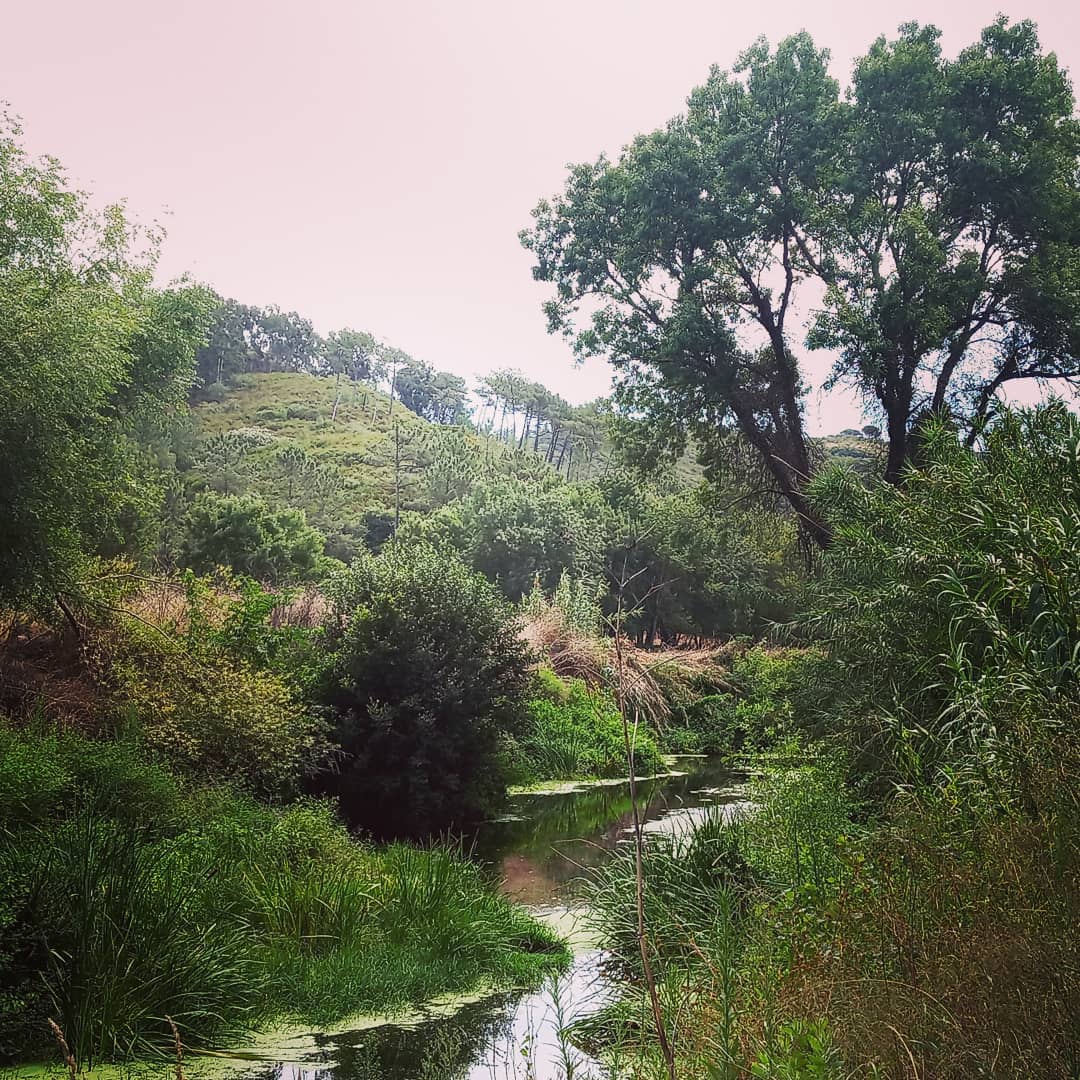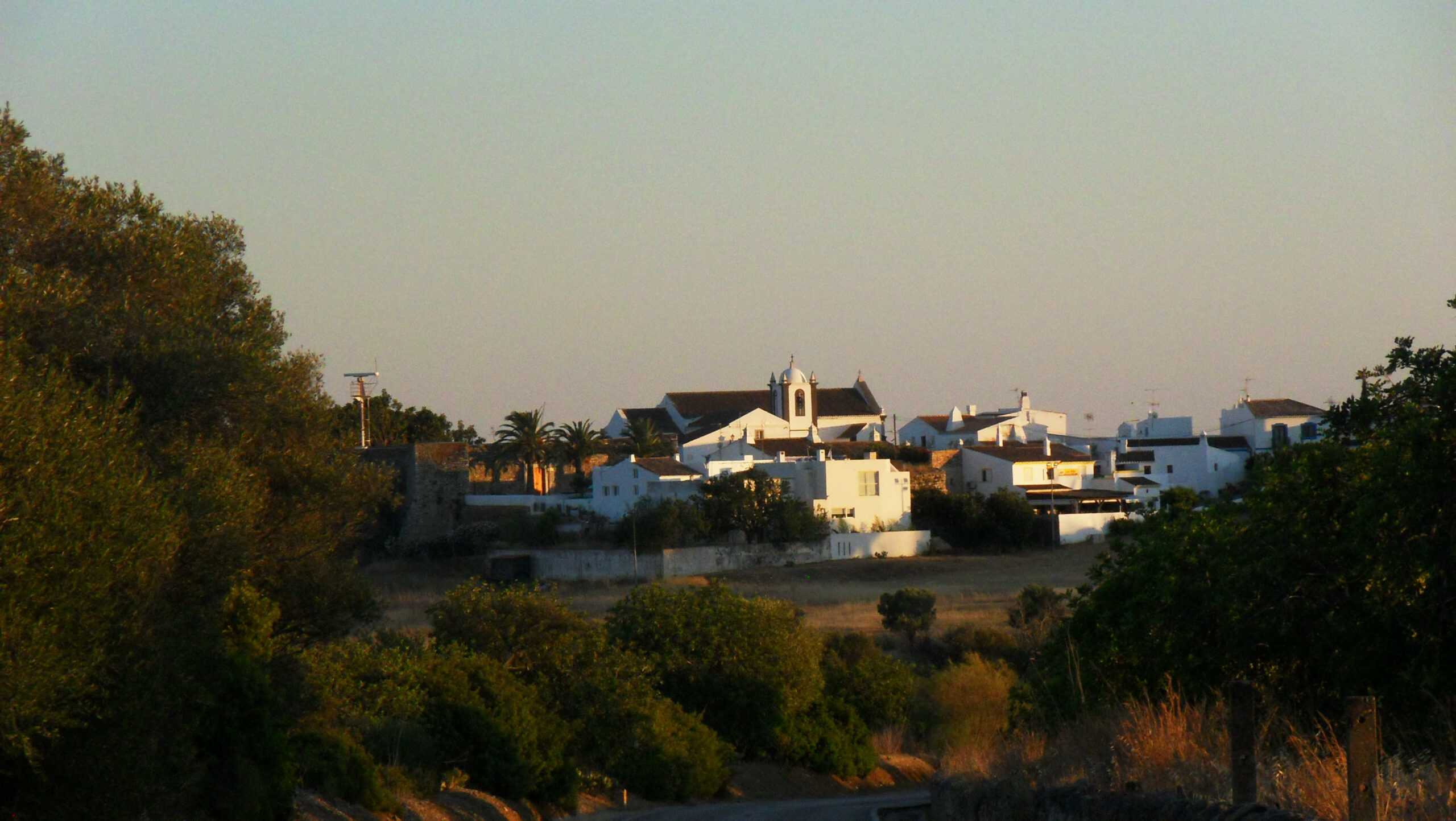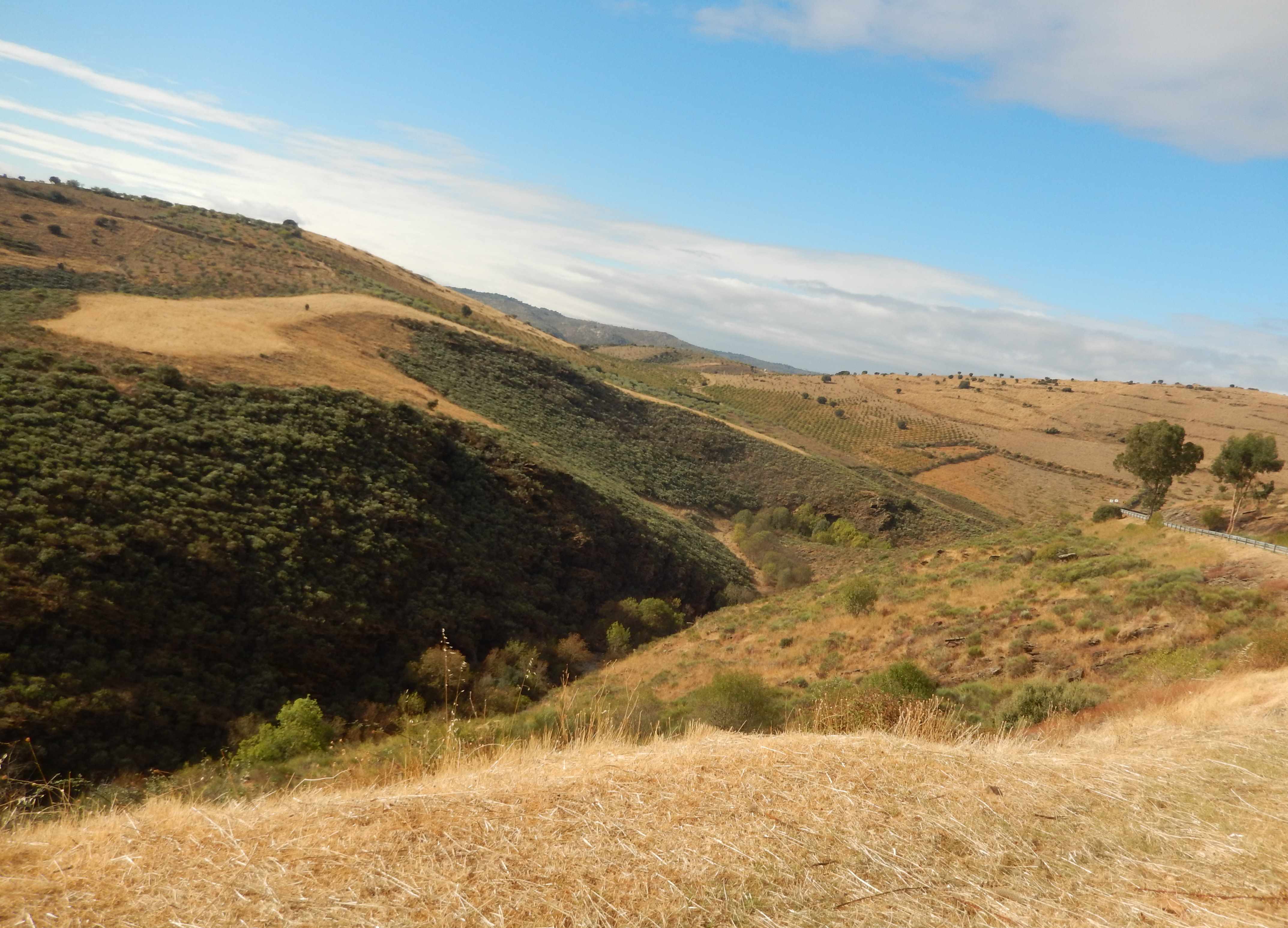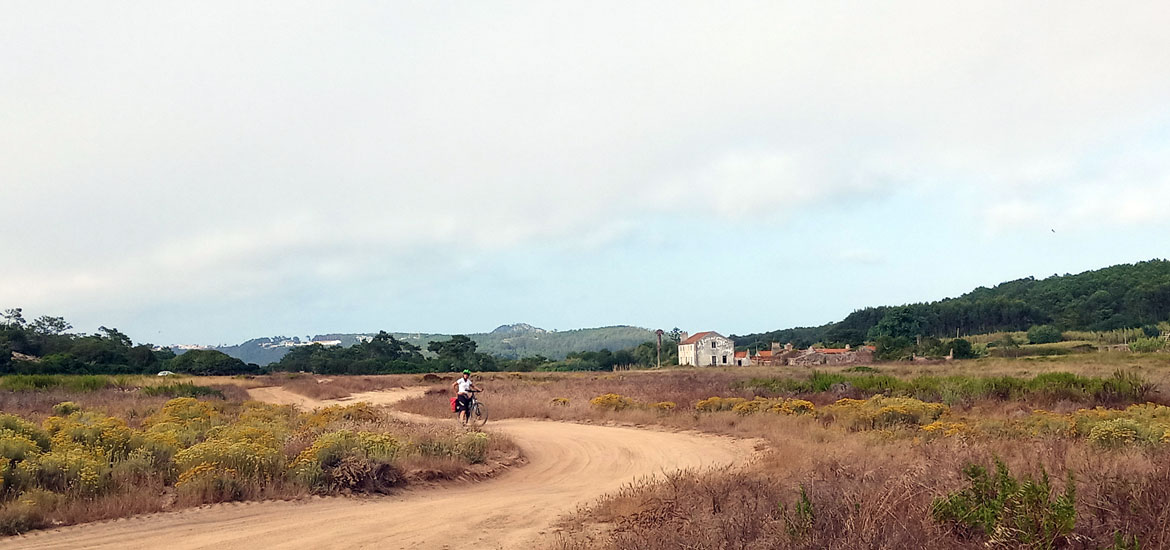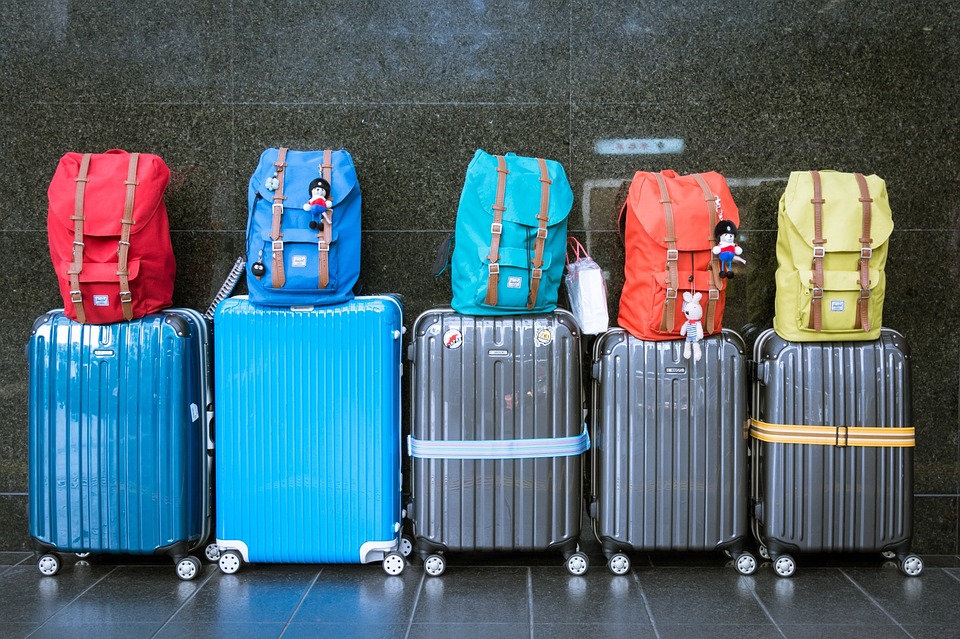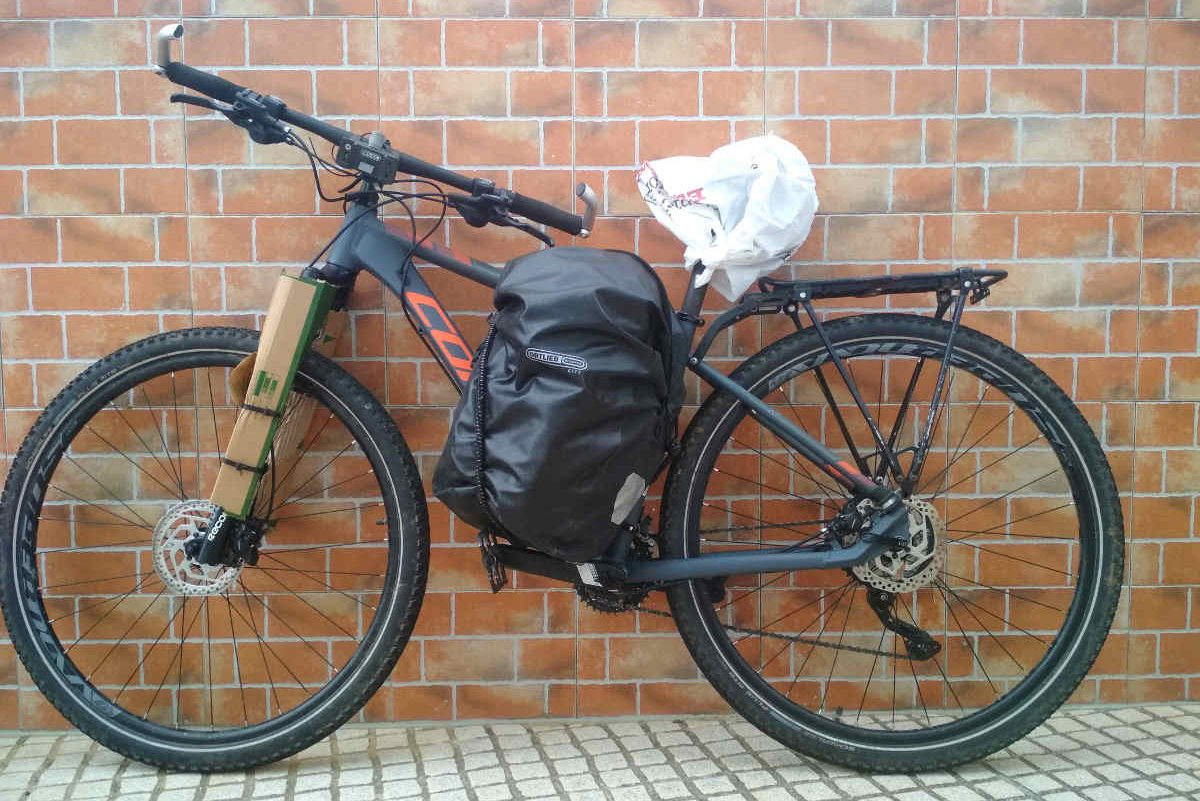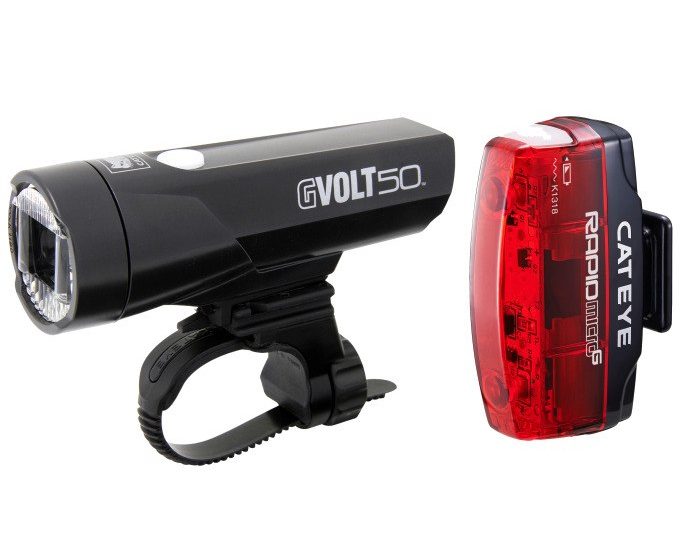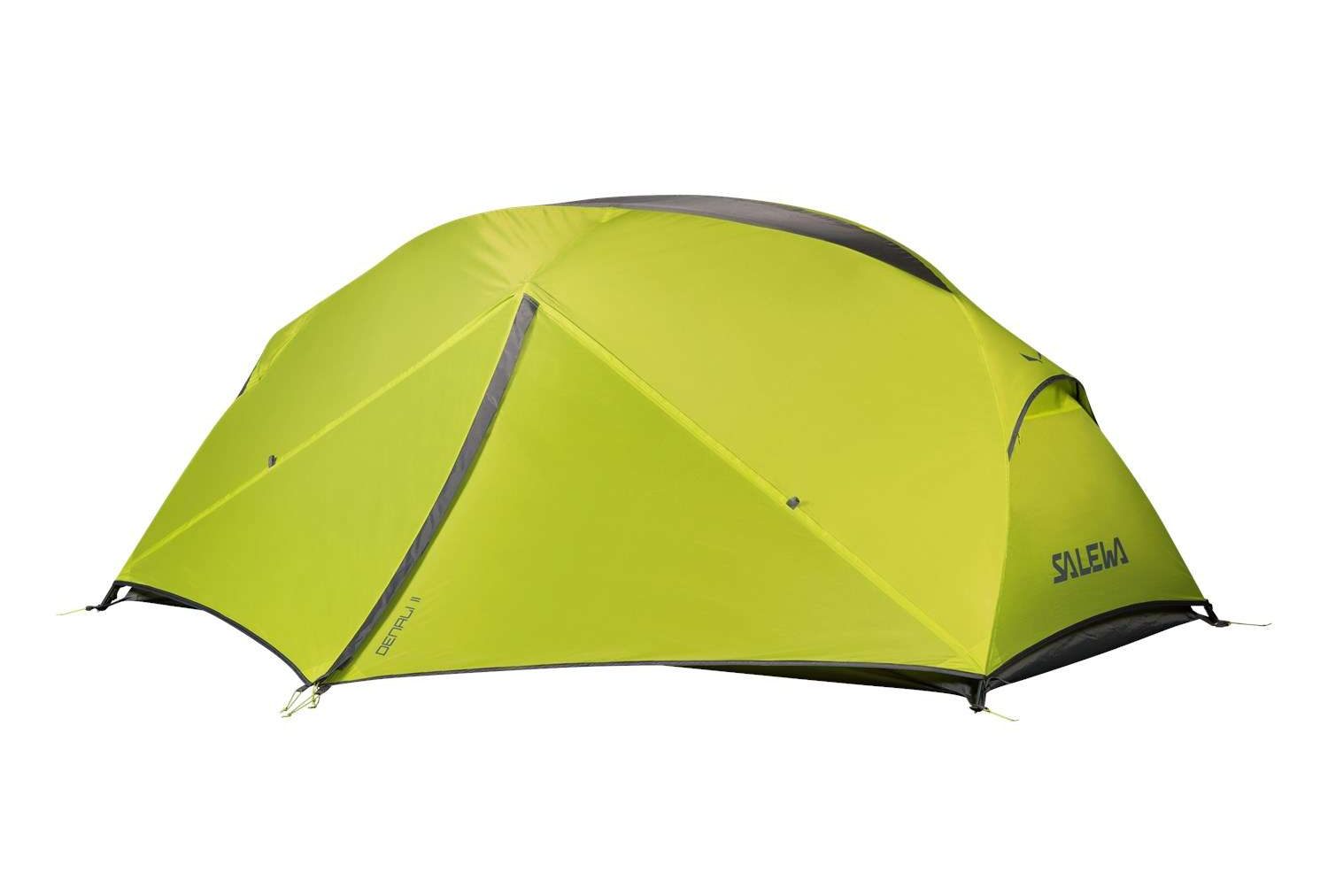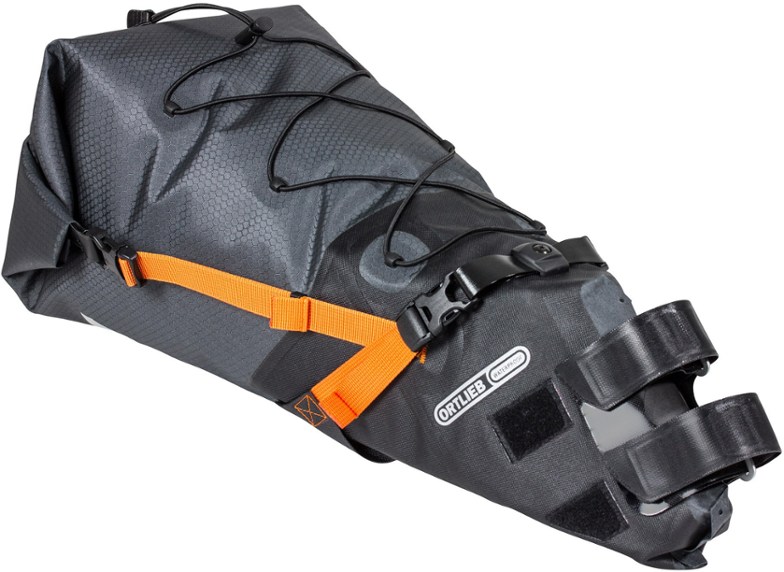Via Algarviana & Ecovia do Litoral
Algarve
Algarve
Ecovia do Litoral, also known as Eurovelo 1, leads all along the coast. While traversing this picturesque route, be prepared crowded, tourist-centric areas, a stark contrast to the natural beauty of other Portuguese coastal regions.
In Sagres and Lagos we find two towns full of history and coastal allure, cobbled streets and the marvel Ponta da Piedade’s rock formations.
As soon as you leave the coast behind the Algarve shows a different face. Even many comunal and provincial roads are unpaived and turn the Algarve into a MTB touring paradise. Rural, laidback lifestyle with sparsy population, wide cork forests, traditional orange and olive plantations, free running porks, goats and chickens represent what people have in mind when thinking of the Algarve.
Some cultural herritage compansate for the tough uphills and rough terrain. The ancient cork plantations forests and local traditions of Serra de Monchique or the castle town Silves or the Market in Loule are true highlights along the route and offer much more of an authentic Portuguese experience than the coast.
Via Algarviana is originally a hiking track. Rarely the routes leads more than 500m in a row on asphalt. With more than 8.000m elevation gain on only 300km this might be the most challenging long distance bike route in southern Portugal.
Riding from West to East comes with longer and steeper uphills, but most technical sections, a few singletrails and bumpy trails, are mostly downhill sections. The Western part is dominated by the tough uphill to the mountain Foia (1000m), while the eastern part is dominated by a permanent up and down. Especially around Serra de Monchique, where the route climbs up to 1.000m, it is a quite rough terrain. We recommend to follow an alternative route between the water resort Barragem de Odelouca and Monchique.
Do not underestimate how remote this route is. The route is pretty well indicated and relatively easy to find, nevertheless we recommend to have a GPS track with you. Often we will only find snack bars and grochery stores in the main villages. Make sure to carry enough water and some snacks with you during the ride.
The Ecovia do Litoral is a relatively easy route along the coast from Sagres to the Spanish border. The Algarve coast is quite urban. The terrain consists of roads, cycling lanes, and unpaved paths. It has clear and easy-to-follow indications, making it relatively easy to cycle.
Via Algarviana leads you through the interior and was originally a hiking track. Especially around Serra de Monchique, where the route climbs up to 1,000m, it can be a challenging tour. This path is characterized by numerous steep uphills and sparse population, providing a more rugged and demanding cycling experience. Not everywhere along this route, you will find grocery stores or amenities to purchase water, so it’s advisable to carry sufficient supplies.
Ecovia do Litoral is good on all bikes, Via Algarviana requires MTBs
For the Via Algarviana, gravel bikes are a good choice. The route primarily consists of paved surfaces and solid dirt roads. With a bit of cycling experience, nothing along this route should pose too much of a challenge.
The route through the interior, however, is more suited for mountain bikes. In certain sections, even full suspension bikes might be necessary if you wish to stay as close as possible to the original track. Yet, with some route planning, there are excellent gravel paths to be discovered in the Algarve’s backlands. It’s important to note that this route is quite challenging. During the summer months, we recently completed this tour on e-bikes, which made it an enjoyable challenge despite the heat.
Rental Bikes
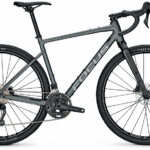
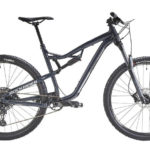
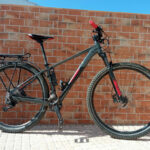
Gravel Bikes Full Suspension Travel MTB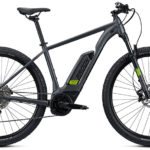
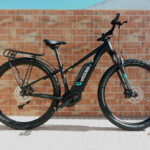
Travel E-MTB Men Travel E-MTB Woman

